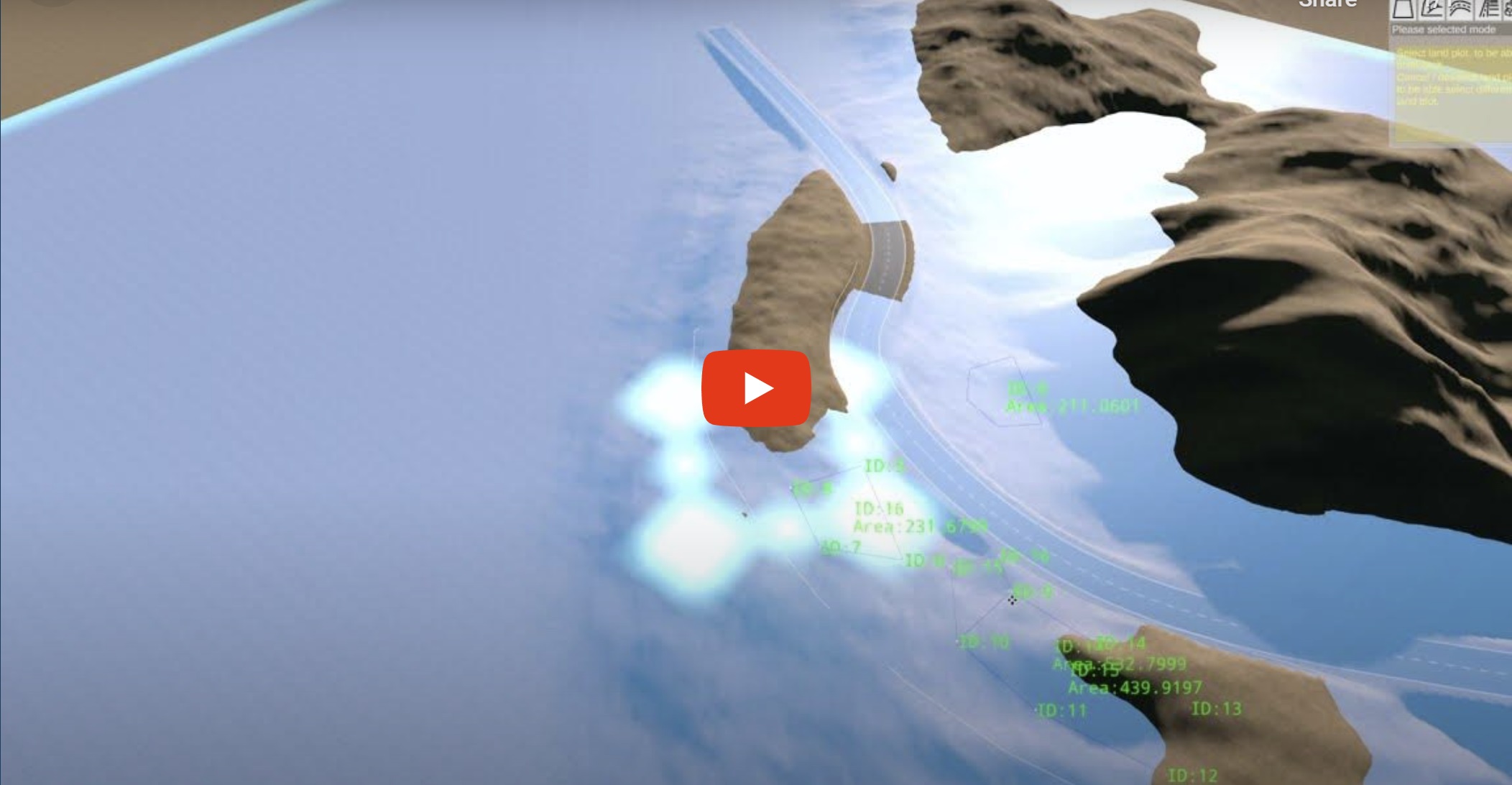Many of the features been already presented in the past, for example in the blog post.
So while walls rendering is still disabled, debugging guide lines are present, to accelerate and help in the process of finding issues and bugs. And yes bugs are present, and the goal is to eliminate as many of them as possible.
The basics concept in this update and of the process of creating structures on the land plots is as follows.
- Player selects the land plot that they want to build on. In the future, land plots will be purchasable and owned by characters, or families.
- Player constructing will be constrained to the land plot borders. That feature has already been in place for a quite long time.
- Player then can select “layer” (like a blueprint) on which can start to build walls. This in the future will be constrained in a such, that player can not build randomly in the air. However this may not necessarily be a hard limit, if for example the player may want to build fantasy magic floating town, or castle. Things like that are to be considered for the future.
- Player then can construct on the selected layer.
- Player will be able to change layers elevation at the go, as long as it is within constraints.
Additional Graphical Side Work
Along with this update, significant work toward graphical changes was made.
UMeFate is refactoring the rendering pipeline from high definition rendering pipeline (HDRP) to universal rendering pipeline (URP). This is for various factors and better to be done earlier than later in development, when more graphical features start coming into game. I.e. shaders. Various aspects of these changes doesn’t limit graphics fidelity, that project aims for. Especially as it doesn’t aim for super realistic graphics, but more stylised one. Still to be exactly defined.
Various assets and expertise on hand is oriented on URP, which potentially will help integrating visuals, during project progression.
Additionally, changes may be beneficial for aiming into split screen features, to support 2 players.
And finally, to better support lower end desktops.
Many of these changes will yet need to be finalised and properly battle tested, which is a long way to go.

